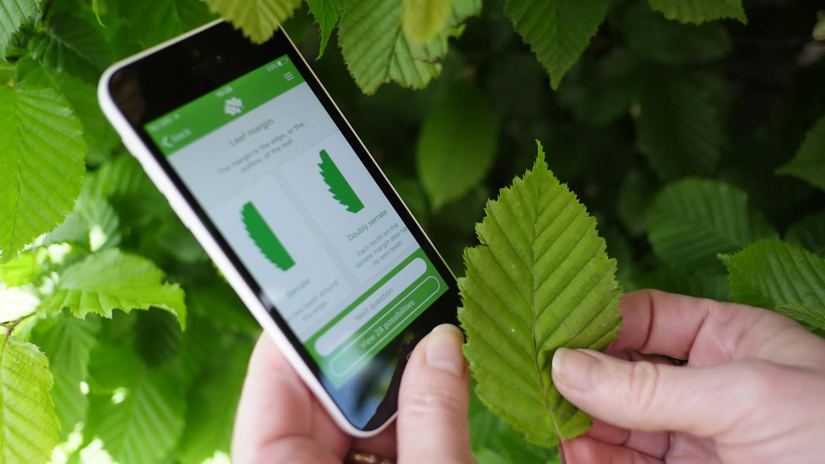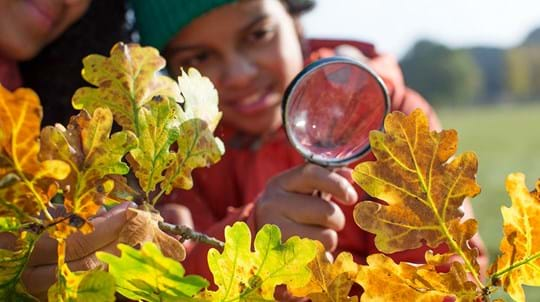
Credit: Ernie Janes / Alamy Stock Photo
Leaves
Needle-like leaves are soft, flat, with rounded tips, and two white bands on the underside.
Dense and graceful, the western hemlock is a handsome tree with drooping branches of soft needles. Introduced in the 1800s, the tree casts such heavy shade that not much can live beneath it.
Common name: western hemlock
Scientific name: Tsuga heterophylla
Family: Pinaceae
Origin: non-native
Broadly conical in habit with a narrow crown, mature trees can grow to 45m (taller in their native habitat), and have characteristic long, drooping branch tips. The bark is dark brown with rugged ridges.
Look out for: the needles along the sides of the twig which are longer than those on the top. Its crushed needles smell like grapefruit. Each needle has two white stripes on the underside. Cones are unstalked.
Identified in winter by: its evergreen features which are present year-round.

Credit: Ernie Janes / Alamy Stock Photo
Needle-like leaves are soft, flat, with rounded tips, and two white bands on the underside.

Credit: Nature Photographers Ltd / WTML
Cones are small and pendulous, with thin, flexible scales. Immature cones are green and mature to grey-brown, with thin, papery scales.
Other planted hemlock-spruces. It is not related to the highly toxic herb hemlock, but shares its name due to the similar smell.

Download our free Tree ID app for Android and iPhone to identify the UK's native and non-native trees. It's an A-Z tree guide in your pocket.
Download the appNative to north-west America, western hemlock was introduced to Britain in the 1852 by botanist John Jeffrey, and is now one of the most common conifers found in the UK. Best suited to moister climates, western hemlock has rapid growth and regenerates freely in a wide range of upland forests.
In Alaska, boughs of western hemlock are used to collect herring eggs.
Western hemlock plantations are often very dark as they cast dense shade, which means very few plants or wildlife species can live beneath them.
In some ancient North-American traditions, western hemlock was an important herb for women. Among the Kwakwaka’wakw people, female warriors made head dresses from western hemlock for ceremonial dances.
It is mainly grown for timber and wood pulp in the UK, although it is also planted as an ornamental tree in parks and gardens. Western hemlock wood is commonly used for roofing and boxes as it holds nails well without splitting.
Queen Victoria loved western hemlock so much that she asked for its name to be changed to Tsuga albertiana, in honour of her husband, Albert. It stuck for a while but Tsuga heterophylla, is now used.

Shop
We have single trees and tree packs to meet your needs, from wildlife to woodfuel. Delivery is free.
External link

Take part in our Nature's Calendar survey
Tell us what's happening to the trees around you and help scientists track the effects of climate change on wildlife.
External link